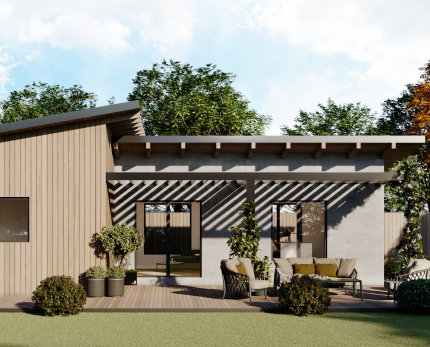In recent years, small home designs have experienced a surge in popularity, capturing the attention of architects, homeowners, and design enthusiasts alike. From minimalist retreats to innovative micro-homes, these compact dwellings are redefining the way we think about living spaces. In this article, we explore the factors driving the rise of small home designs and the unique advantages they offer in today’s architectural landscape.
A Response to Changing Lifestyles
The shift towards smaller living spaces reflects changing lifestyles and priorities among homeowners. With an increasing focus on sustainability, affordability, and simplicity, small home designs offer an attractive alternative to traditional, larger homes.
Affordability and Accessibility
Small home designs present a more affordable entry point into homeownership, making them accessible to a wider demographic. By utilizing space efficiently and minimizing construction costs, these dwellings offer an affordable housing solution in an increasingly expensive real estate market.
Minimalist Living and Decluttering
The minimalist lifestyle trend has influenced the design of small homes, emphasizing the importance of decluttering and simplifying living spaces. By prioritizing functionality and essential living amenities, small home designs promote a clutter-free environment that encourages mindful consumption and intentional living.
Pushing the Boundaries of Design Innovation
Small home designs challenge traditional notions of architecture and design, pushing the boundaries of innovation and creativity. From modular construction techniques to compact living solutions, architects and designers are exploring new ways to maximize space and enhance livability in small-scale dwellings.
Conclusion
Small home designs represent a paradigm shift in contemporary architecture, offering a fresh perspective on living spaces and reimagining the concept of home. With their emphasis on sustainability, affordability, and innovative design, these compact dwellings are shaping the future of residential architecture, paving the way for a more sustainable, accessible, and creatively fulfilling way of living.









